Every driver, especially a novice, is interested in the expiration dates of motor oils, the composition of lubricants, and other characteristics.
When the expiration date expires, motor oil, like any other petroleum product, becomes ineffective. This can harm the engine. In view of this, it is not recommended to pour expired motor oil into the internal combustion engine. It is necessary to understand how much motor oil can be used. You also need to know how to properly store motor oil. This will avoid many problems when operating your vehicle.
Is it possible to use expired motor oil?
A situation often arises when a driver finds oil in a garage or on the market at a reduced price that has passed its expiration date. It may be overdue for a week, a month or several years - it doesn’t matter. It is important to remember that such oil cannot be used unless the goal is to damage the engine as quickly as possible.
Manufacturers always indicate on the oil the recommended expiration date and the date of the spill from which it begins to leak. However, even if the oil has not expired, it cannot always be used. If the lubricant was stored in incorrect conditions, it could begin an uncontrolled oxidation process, due to which the oil lost all its properties useful for the engine. If the oil is hermetically sealed and its expiration date has not expired, it can be used without fear.
Important: If the oil was left open in the garage, it is better to refrain from using it. When contact occurs between air and oil, the lubricant begins to oxidize. Largely because of this, it is recommended to change the engine oil every 10 thousand kilometers, since during operation it comes into contact with oxygen and exhaust gases, leading to oxidation.
How to determine the quality of a lubricant
If oil has been accumulated in large volumes in the warehouses of various organizations for a long time, then it is necessary to conduct appropriate research on its quality. Specialized laboratories are ideal for this purpose. If the result of research shows that it has reduced its quality, then it is disposed of under specially designed conditions.
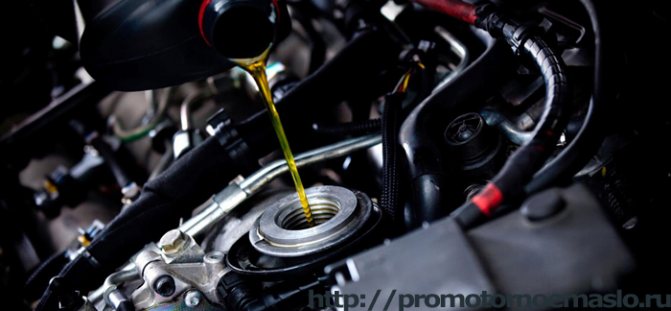
If the lubricant has been sitting in the garage for a long time, then it is not possible to independently determine its quality. Therefore, a dilemma arises: either pour it into the unit at your own risk, or buy a new lubricant.
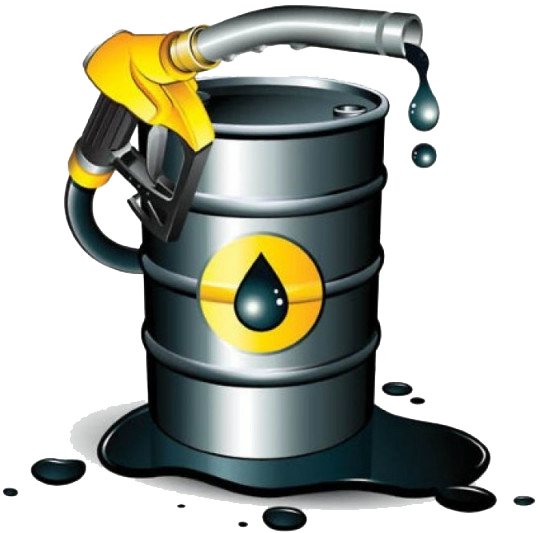
In some rare cases, the presence of crystalline sediment and obvious cloudiness of the liquid can lead to the conclusion that the oil has become unsuitable for use as a lubricant.
Does motor oil have an expiration date?
Almost all motor oil manufacturers claim that their lubricants are suitable for use for five years from the date of spill. It doesn’t matter whether the lubricant was stored in an iron or plastic factory canister, this does not affect the properties of the lubricant. You can see the manufacturing date on the canister itself; it is usually written with a laser on the body rather than printed on the label. Also, many well-known manufacturers (Shell, Castrol, Elf, etc.) in the descriptions of their oil note that storing lubricant in the engine and in a sealed canister are completely different things.
Change of oil
Any power plant needs an oil change after a certain mileage; Shell oil changes should occur on average every 10,000 km. The replacement rules are as follows:
- When changing the brand of oil, always flush the engine to remove any remaining old lubricant to prevent mixing;
- When replacing, be sure to install a new filter;
- Buy quality products from official suppliers;
- Check the level and appearance of the lubricant regularly.
How can you store motor oil?
Among the most common oil storage containers are:
- in a canister. The most optimal option due to the lack of penetration of sunlight, although modern analogues do not recommend pouring into iron containers due to the slow chemical reaction and possible precipitation. The shelf life of motor oil in a canister is usually much longer than other analogues and containers;
- in a plastic bottle. An unacceptable container that can only be used for a limited amount of time (for transportation, pouring, etc.) The fact is that the plastic from which the packaging walls are made easily reacts chemically with motor oil;
- in original packaging. An ideal option for storage; the oil can be stored in its original packaging for the entire warranty period.
Useful video
Maybe someone will find this information useful, I asked the question through the Castrol website. ...I have two canisters of Castrol EDGE A3/B4 0W-30 oil, 4 liters each. I need to fill 5 liters into the car. I'm going to open one of the 2 cans and use 1 liter of it per top up. I can use an opened can of oil with the remaining 3 liters only after 1 year. Question No. 1: How long can an opened jar of butter last? Question No. 2: When changing the oil, is it possible to mix EDGE A3/B4 0W-30 with the analogue (substitute) EDGE A3/B4 TITANIUM FST 0W-30 indicated on the EXIST website...
Answer to your request:
Good afternoon 1. An open jar can be stored for as long as a closed one (just avoid high temperatures). The shelf life of all Castrol oils is 5 years. 2. Yes, these oils are completely interchangeable, provided that the tolerances and viscosity grade of both products are the same.
To ensure normal operation of the engine in a car, it is necessary not only to carry out diagnostics on time to identify all faults. The main factor determining the quality of operation of the unit is the use of high-quality lubricant. Today we will look at one of the most popular lubricants - Castrol motor oil with all its advantages and disadvantages, shelf life and other characteristics.
Dependence of oil shelf life on conditions
You should familiarize yourself with certain storage conditions for synthetic motor oil under which it retains its characteristics:
- Absolute tightness of the packaging , since it is the main indicator of the shelf life of the oil. This is necessary to ensure that substances from the external environment do not enter the oil. Additives and base components may react with water vapor, air, dust particles or other chemically active elements. If the seal of the packaging is broken, the shelf life of the lubricant is noticeably reduced depending on the external environment. It is worth paying attention that when liquid is poured into a non-original container, it is already mixed with chemicals from the external environment.
- The average room temperature should be within 20 degrees . But oil is in most cases used in more extreme conditions. If the room is very hot or cold, then the components that make up the material cease to be in a coherent state. This provokes separation of the oil mixture and the impossibility of further operation.
- Normal humidity and other climate parameters . Even when storing oil in its original packaging, the packaging may not be tightly sealed. This will provoke the activation of chemical reactions in the event of an extreme state of climate parameters.
- No direct sunlight . This requirement is universal for storing any product. When exposed to the sun, motor oil not only heats up, but can also accelerate chemical reactions of decomposition and oxidation. Such phenomena are caused by the ionization of atoms of substances that make up the material. In addition, due to an increase in the surface temperature of the package, depressurization may occur.
- No constant vibrations . Periodic mechanical stress benefits the oil; it mixes independently and maintains a homogeneous structure throughout the entire volume. But monotonous movements without stopping can lead to delamination.
We recommend: Engine piston: functions, design, types, photos, videos
From the above, we can conclude that a cool, dry place where there is no access to sunlight is ideal for storing motor oil. It is recommended to store the liquid away from operating machines.
Subject to such conditions, the maximum shelf life of the lubricant will be 5 years, regardless of what is indicated on the packaging. It is prohibited to open a factory canister made of any material.
The shelf life of motor oil in original packaging, in which the sealing is broken, is reduced to 2-3 years.
Oil characteristics
Before considering the issue of shelf life, let’s devote a little time to the characteristics of the liquid itself. Castrol motor oil is produced by a company that has been in business since 1889. Initially, the company produced lubricants for moving mechanisms. In the late 1890s, company founder Charles Wakefid decided to experiment by mixing mineral lubricant with castor oil. As a result, he simply revolutionized the production of lubricants.
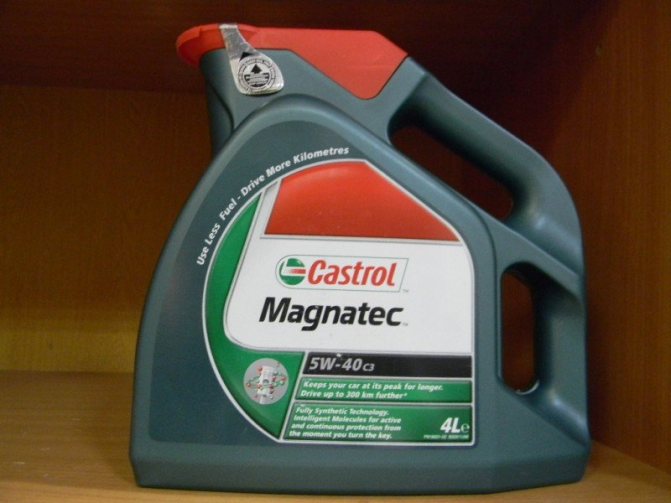
Castrol Magnatek engine fluid in a four-liter canister
According to the manufacturer, today motorists associate the company’s consumables with reliability, advanced technology and high quality. We do not want to say that this is true, since we do not advertise the product. But Castrol lubricant with a long shelf life has long established itself among both domestic and foreign car enthusiasts.
According to the manufacturing company's engineers, since the founding of the company, developers have been working closely with consumers. As they say in the Castrol press center, this policy is beneficial both for the company and for car enthusiasts, because this is how high quality products can be achieved. Whether this is true or not is up to you to decide, but our goal is to convey to our users all the necessary information.
“For more than a hundred years, we have been producing motor oils for various vehicles - both gasoline and diesel. Our products are tested not only by test, but also by time, and in our opinion, this is the most important thing. Castrol oil has already broken speed records more than twenty times, unlike its competitors. Let’s just remember the Trust SSC racing car; at one time, using our oil, it was able to accelerate to 1227 km/h, which we think is an important indicator,” say representatives of the Castrol company.

Today, Castrol motor fluid, having a considerable shelf life, can be used in both cars with gasoline and diesel engines. In addition, this product is recommended for use in cars with a turbocharger and an intercooling system for a diesel engine. Especially if the manufacturer advises the consumer to use liquids that comply with the ACEA A3/I3 and API SL/CF standards.
This means that the consumables have been thoroughly tested and approved as a result of laboratory studies by specialists:
- United States Petroleum Institute;
- Union of European Automobile Manufacturers.
It should also be noted that today products from Castrol are manufactured taking into account all the requirements of the auto manufacturer and using advanced technologies. One of these technologies is Intelligent Molecules, the purpose of which is to provide active and long-lasting protection, in fact, increasing shelf life. According to the manufacturer, this allows you to ensure a longer service life of the car engine.
The company's products can be used in the following vehicles.
The list below is based on approvals from auto manufacturers to use Castrol in their vehicles:
- Volkswagen;
- Mercedes Benz;
- BMW;
- Volvo;
- Renault;
- Man.
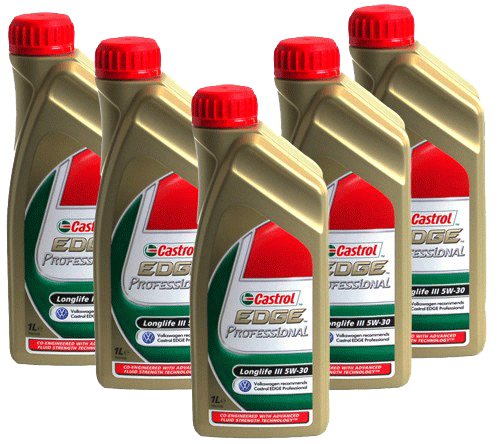
Of course, if you decide to use this fluid, then in any case you need to read the label. After all, the use of one product is not always allowed in different engines.
As the company's engineers say, in general, Castrol consumables can be compatible with any high-quality oils, but if they:
- are used for similar purposes;
- meet the same requirements and standards as Castrol.
But still, mixing lubricants is not always important; in particular, the manufacturer recommends using Castrol in its pure form, without impurities. Mixing is allowed only in extreme cases. As for the Intelligent Molecules technology, its essence lies in the fact that oil particles are attracted to the metal elements of the lubrication system. As a result, a durable film appears on the internal surfaces of the engine, which helps protect rubbing components from wear.
Laboratory studies of consumables were carried out using modern technological equipment, which allows the wear rate to be measured most accurately. As a result, it was proven that the company’s motor fluids protect the engine much better than analogues of the same class. In particular, we are talking about starting and warming up the engine, since at this moment its parts are most susceptible to wear.
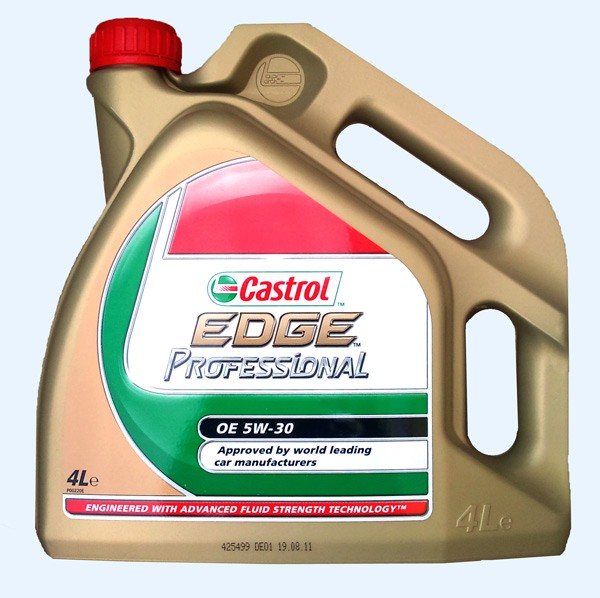
Castrol Edge engine oil
The manufacturer also claims that its products have a high level of stability of viscosity parameters throughout the entire service life. Thus, the lubricant allows you to maintain engine power, ensuring fuel economy.
Among other things, Castrol makes it possible to protect the unit, that is, the engine, under a wide variety of conditions for using the car, in particular:
- when starting and warming up the engine in extreme cold;
- when operating a vehicle in the summer heat, even at this time the oil does not lose its properties;
- when using the car in city driving mode (1st-2nd gear in traffic jams);
- when driving at high speeds on highways.
If we talk directly about the technical characteristics, they will be different depending on the type of product purchased.
But in general, the oil parameters are as follows:
- Motor fluid protects the car engine from corrosion, increased friction and other mechanical damage.
- Best before date. According to the manufacturer, the oil has a longer operating life and, accordingly, a longer shelf life.
- Product versatility. Motor fluids from Caastrol, according to reviews and practical test results, function well and effectively on all engines without exception. As we wrote above, these are gasoline and diesel engines, internal combustion engines with a turbocharger, etc.
Advantages and disadvantages
Let's move on to the pros and cons.
The benefits of lubricant are as follows:
- Good temperature conditions, that is, almost all Castrol oils are all-season. In practice, such lubricants can protect the internal combustion engine at both low and high temperatures.
- The protective film allows you to increase the service life of important elements of the unit.
- The oil allows you to provide reliable protection under any operating conditions.
- As reviews show, in most cases the lubricant actually meets all the technical specifications indicated on the packaging.
- When starting the engine, even in cold weather, the viscosity properties of the product allow it to quickly reach all rubbing components. Accordingly, even in hot weather, MM can protect engine parts from overcooling.
- An increased service life makes it possible to operate the vehicle with an increased replacement interval for consumables.
Now let's talk about the disadvantages:
- High cost of the product. According to reviews, the oil is really good, but still its price is a little high.
- Non-compliance with declared characteristics. Some Russian motorists claim that even at -20 it is impossible to start the engine. This is despite the fact that, according to the characteristics, the oil can withstand temperatures up to 35-40 degrees below zero.
- There are a lot of fakes on the market. The popularity of Castrol has led to the fact that underground companies began to produce counterfeits that do not meet the specified requirements at all.

The result of using bad oil is such deposits in the engine
Oil expiration date
Expiration date is a pressing issue for all motorists. The shelf life of Castrol oil is five years from the date of opening the container. If the package was opened more than five years ago, then the expiration date has already passed and it is better not to use such liquid.
The right choice
The main thing that is taken into account when intending to buy machine lubricant is whether it meets international quality standards. Since car engines are very different, the oils in the engine also differ from each other. Therefore, manufacturers always write in the manual what kind of motor oil needs to be poured into the power unit.
Engine oils do not have the same service life. Lubricants are divided into three types:
- Mineral. They have the lowest price. It will not be possible to use them in winter. The engine simply will not start at temperatures below 25 degrees.
- Semi-synthetic. Produced by mixing mineral water and synthetics. They are more expensive than mineral ones, but have higher characteristics. It is advisable to pour them into the internal combustion engines of cars with mileage from 100,000 to 500,000 km.
- Synthetic. Manufactured in laboratory conditions. These motor oils do not change their performance in either heat or cold, so they can be used in any climate. The price of lubricants is quite high.
The shelf life of any type of motor oil is usually approximately three years after opening the container (subject to storage rules).
Drivers select the optimal lubricant, taking into account the climate, as well as their funds. It is not advisable to mix petroleum products. This is due to the fact that the oil of any manufacturer contains at least 15% of unique additives. In view of this, if another lubricant is poured into the motor, a reaction may begin that can lead to breakdown of the power unit.
Advantages and disadvantages of using lubricant
The advantages of Shell oils include:
- Excellent protection of the power plant from the formation of deposits and excessive friction. Efficiency of use is observed throughout the entire period of operation of the product, regardless of the mode, conditions and type of engine. When using Shell products, the service life of the motor is significantly longer compared to similar consumables.
- All products were successfully tested in laboratory conditions and showed decent results in terms of reliability and compliance with the stated requirements. The checks were carried out in special certified centers of the company, as well as in the centers of leading manufacturers of automotive products.
- The company is an active participant in Formula 1, thanks to which it has been able to bring into real life a large number of technologies used in the harsh conditions of racing.
- The product has high economic performance, reduces fuel consumption and has excellent starting characteristics. Low viscosity allows for rapid delivery to surfaces in dire need of lubrication.
- The low burn rate eliminates the need to add oil during operation. This was achieved thanks to the use in the production of high-quality base fluid with a low level of volatility.
- The low level of chlorine content allows for a high level of environmental safety.
- Possibility of use in industrial vehicles, including power plants equipped with neutralizers, having a large number of valves equipped with turbine charging.
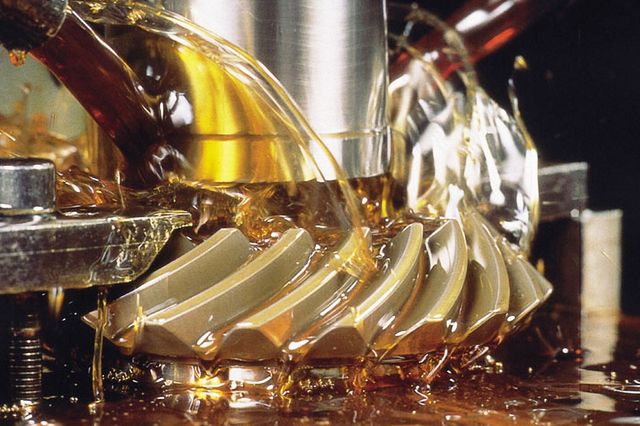
The disadvantages include:
- Greater fame and popularity has led to counterfeit products entering the market in large quantities. It is difficult to distinguish a fake from an original, since fraudsters have invested a large amount of money and try to replicate all levels of packaging protection at a high level.
- This Shell product is expensive. This is due to large economic investments in technology and research. The cost is justified by the high quality of the final material.
Proper storage of motor oil - what is important to know?
The determining factor that affects the shelf life of oil of various consistencies is its storage conditions. The more temperature and humidity changes, the shorter the shelf life will be.
It is recommended to store it at a constant temperature of no higher than 20 degrees, in a well-ventilated area, avoiding exposure to sunlight. The container in which the engine oil is stored must be original, depending on the amount of material - it can be a plastic canister or a stainless steel barrel. The lid should be closed as tightly as possible.
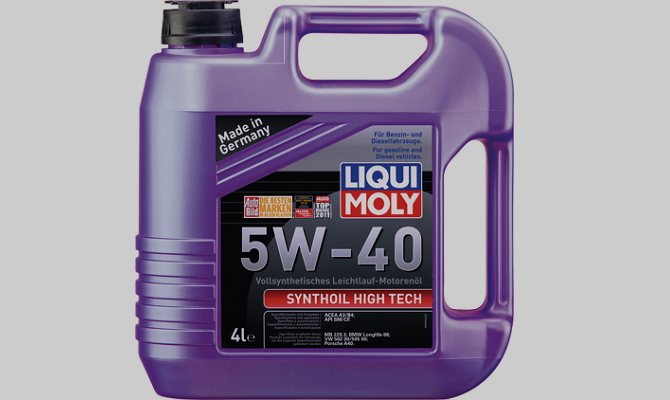
Motor oil is strictly prohibited from freezing! If it needs to be poured from one container to another, only a clean container made of similar material should be used for this.
We recommend: Is it possible to mix Tosol and antifreeze?
The chemical composition of some motor oils allows them to be stored for three to five years if all the above conditions are met. However, some types of oil, even after short-term storage, may not be suitable for new engine options. In general, for new engines it is recommended to use only “fresh” engine oil, following the recommendations of the car manufacturer.
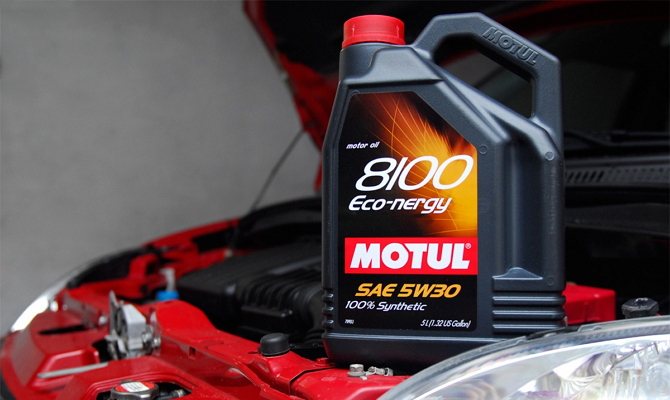
Oils, which are stored in large quantities by well-known manufacturers, undergo thorough laboratory tests before being bottled. As a result, the compliance of the basic properties of the material with the original specification and the possibility of their further use are determined.
If the product is unusable, it is disposed of in the manner prescribed for this purpose. As for storing oil at home, it is not possible to determine its level of compliance on your own, so if you have stored the material for more than four years, it is better not to risk it and purchase new automobile oil.
Storage conditions and temperature
Creamy fat products are classified as perishable; storage requires compliance with certain conditions.
Primary requirements:
- temperature range from -18 to +5 °C;
- humidity from 70 to 90%;
- sealed packaging;
- lack of light.
Suitable storage locations:
- fridge;
- freezer;
- balcony, street in winter.
Unsuitable places:
- kitchen table, cabinet;
- street, balcony, veranda in the warm season;
- basement, cellar, damp rooms.
The shelf life of butter at a temperature of 0 +5°C is up to 2-5 weeks. Freshness is affected by weight and container. In the freezer for 75 days at a temperature of -3 to -14 °C. The maximum shelf life at -14 °C is 4 months. Recommended packaging: sealed containers, foil, vacuum bags.
Where do you prefer to store your butter?
In the refrigeratorIn the freezer
What happens to motor oil after its expiration date?
It is commonly said that when the expiration date expires, motor oil loses its properties, which is why it can no longer support normal engine operation. The definition of oil properties is quite extensive, and the following main parameters can be identified that change during long-term storage of the lubricant:
- Ash content. When buying oil, few drivers are interested in its ash content, and it is one of the main ones when taking into account shelf life. Ash content indicates the amount of flammable substances in the oil. According to regulatory documents, the sulfate ash content for gasoline engine oil is no more than 1-1.5%!, for a powerful diesel engine it is about 2%! During long-term storage, due to the decomposition of additives, the amount of ash in the motor oil increases, which negatively affects its parameters;
- Viscosity. The longer the oil is stored, the more its viscosity changes due to various processes occurring in it, including the breakdown of additives. It is important to note that the viscosity of the oil can change both up and down, depending on the composition of the oil;
- Set of additives. A number of additives in oil have a limited shelf life, after which they lose their properties.
You should also not forget about other oil parameters that will vary during its long-term storage: specific gravity, freezing point, kinematic viscosity, and others.
Oil change rules
- Replacing consumables in the engine is always carried out together with the filter element. Operating an old filter with new oil can harm the fluid as a whole and reduce its service life.
- Before adding new lubricant, the engine must be flushed. Without this, you will not be able to get rid of all sediments and deposits in the lubrication system; accordingly, all deposits will remain inside. Because of this, the service life of the oil may also be reduced. It is better to flush the engine several times.
- The oil is changed every 10 thousand km. Many drivers write online that the replacement period can be increased if the oil is of high quality, but we do not recommend experimenting with this issue.
- Buy only high-quality oil.
- After replacing, check the level after some time. We also recommend checking the lubricant level in the system the morning after the replacement.
Shelf life of engine oil
While in a car engine, the lubricant is constantly in contact with the environment and various elements of the engine itself. That is why the operating manual for almost any modern car indicates the oil change period based not only on the number of kilometers traveled, but also on the time of its operation. So, even if the car has been standing still for a year since the last oil change, it needs to be replaced with a fresh one. Moreover, in normal operation, engine oil can travel 10-12 thousand kilometers before it loses its properties and requires maintenance.
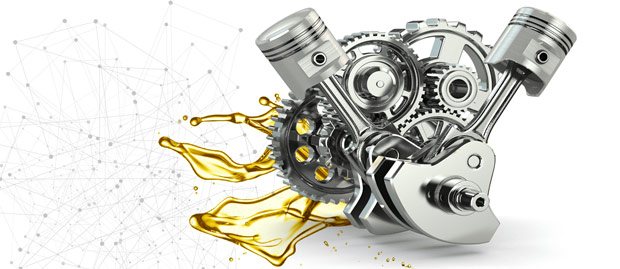
Range
The product range includes several types. Moreover, each type also has different variations, differing in technical and viscosity characteristics.
So, today you can find the following types of Castrol oils on sale:
- Magnatek for gasoline internal combustion engines with different properties;
- Magnatek for diesel engines with various characteristics;
- Edge for gasoline engines;
- Edge for diesel;
- GTX mineral oil.
Sorry, there are no surveys available at this time.
Rules for storing motor oil
These are, as a rule, the most basic criteria that determine the shelf life of motor oil. It is very important to preserve the lubricating properties of the oil, because this is their main functional feature, which loses its qualities over time. The following rules have the greatest impact on the preservation of the oil in its original form. Following the instructions below will help maintain and extend the life of your engine oil.
- ambient temperature. It is very important to remember a small rule that will help you not to forget about the importance of taking into account the temperature regime. Your food products tend to disappear, so to extend their shelf life you place them in the refrigerator. So with the engine, it is also important to keep engine oil in certain conditions. But this does not mean that the oil should be placed in the refrigerator. The upper temperature threshold should not exceed 40 degrees Celsius, the lower minus 18-20 degrees Celsius;
- light and sun rays. It is the direct impact of sunlight on a container of oil that makes the latter transparent. This, in turn, is fraught with sedimentation, which has a detrimental effect on the oil receiver mesh. The correct storage container can save the situation, more about it below;
- humidity. The interaction of water molecules and oil molecules creates insoluble particles, which, when they enter the engine chamber, clog the oil receiver and lead to a decrease in engine life.

Precipitation in the oil due to violation of storage rules.
Signs of spoiled oil
Often car owners do not know how to accurately determine the quality of the oil material they use. There's really nothing complicated about it. Changes in the structure of the stored product are visible to the naked eye. Among the signs of a lubricant that is losing its performance properties are:
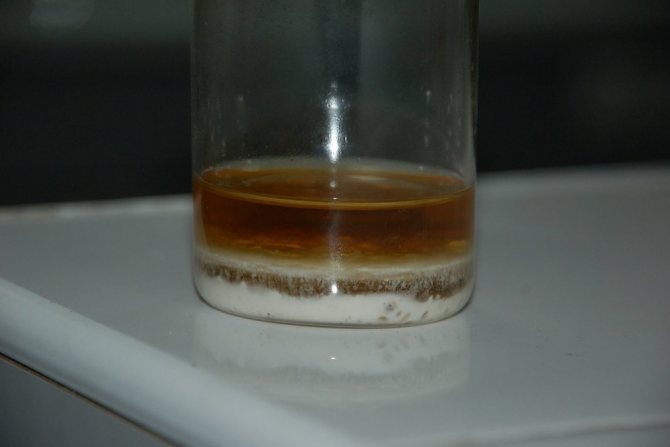
The appearance of sediment on motor oil is one of the signs of its deterioration.
- Any sediment. It is usually gray in color. Its presence is a sure sign that the oil has lost its former properties. This often happens due to foreign elements getting into the liquid, which should not be allowed.
- Change in color, cloudiness. They also indicate a change in the composition of the lubricant.
- The smell becomes unusual due to strong waxing and oxidation.
Among these problems, the greatest danger is caused by the emergence of various sedimentary rocks. They happen for three reasons:
- Precipitation of several groups of oil additives during storage. The damaged product takes on a white or sometimes whitish color. In general, this has no effect on performance.
- Planting of dispersed particles in a lubricant. The process is greatly accelerated due to temperature changes. Most often this manifests itself in the fact that sediment in the lubricant takes on a white or gray color. This does not have a critical effect on the operation of the oil in the engine.
- Deposition of fine catalyst compounds. Moreover, such rocks have a black tint, this is caused primarily by the precipitation of additives, and in some cases, clays. This type of sediment is rare.
A lubricant with such alarming symptoms is undesirable for use as a motor oil. It will still work for some time, but will not be able to fully fulfill its protective function.
Determination of low-quality products
To identify low-quality motor oil, the first thing you need to do is find the date of manufacture and shelf life on the packaging. It is important to understand that we are talking about a packaged product.
But even when the expiration date has not yet expired, constant monitoring can provoke a loss of its chemical and physical properties.
In addition, there is another category of product - counterfeit. It is no less dangerous than an expired product. It can be determined both in the laboratory and at home.
To identify a counterfeit yourself, you will need a blank sheet of paper. Then you need to do the following:
- Pour machine oil onto the sheet.
- Hold the paper at a slight slope.
- Wait until the product spreads over the surface of the paper and check the result.
If the oil is of normal quality, there should be no dark spots left on the sheet of paper. Their presence indicates the use of low-quality additives that can harm the engine.
Visually, the liquid should be amber in color . A dark color means the oil is of low quality or that the liquid has been processed.
Poor quality oil can be returned only after examination in a laboratory. As a result of this procedure, experts will issue an opinion.
An examination will also be required if the expiration date has not expired and the consumer qualities of the oil have been lost as a result of improper storage.









